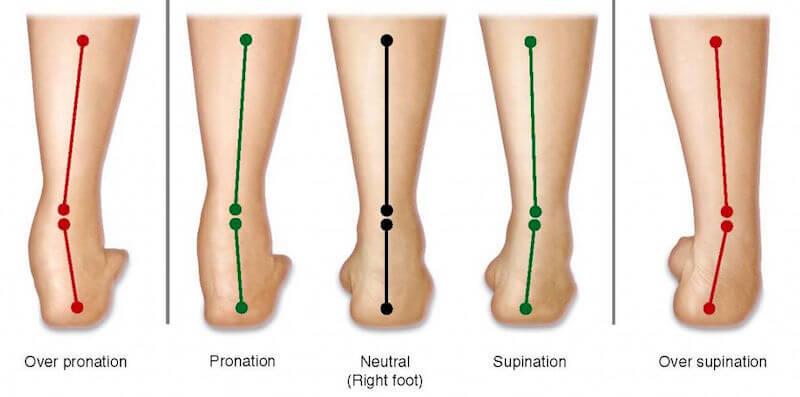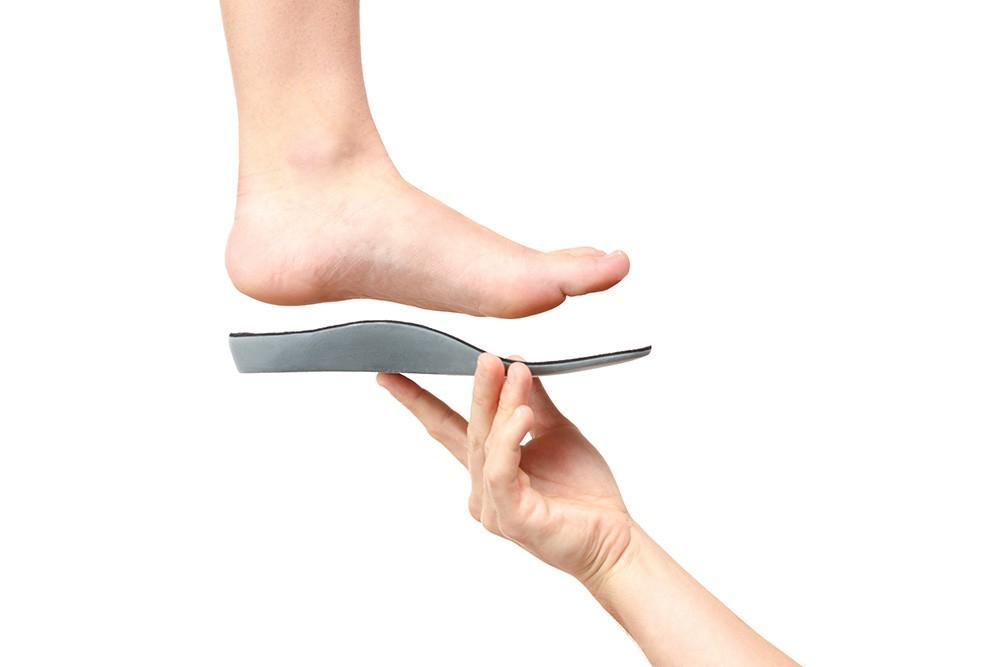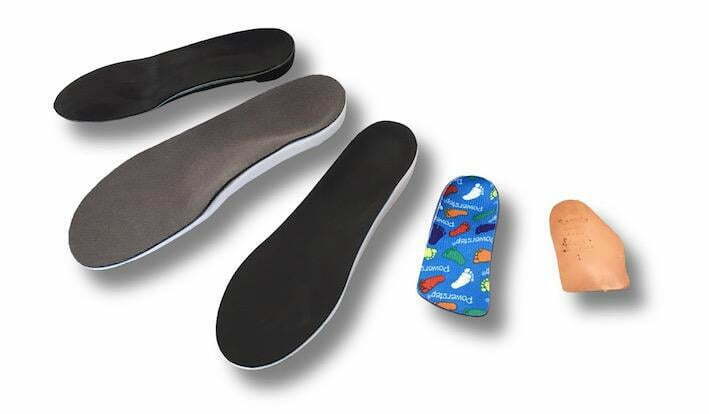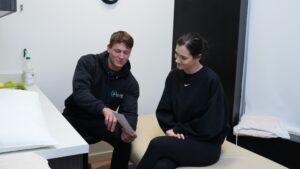If you’ve had discomfort or pain in your feet before, you’re most likely familiar with insoles. Perhaps you’ve even bought a pair for yourself. They are the over-the-counter inserts that are placed on the soles of your shoes. They are usually made with a soft material such as gel, foam, or plastic. However, insoles are generally a short term solution. They provide temporary comfort and relief, but will not cure the underlying conditions causing your pain. This is where custom made orthotics come in. They are similar to insoles, in that they are placed in the soles of your shoes to relieve pain. However, they are custom made to fit your feet, and designed to target the specific problems that are causing your pain.
What do orthotics treat?
Despite how it may seem, orthotics aren’t just for your feet. Your legs and back also play a large part in your lower body movements, and can be part of what is causing your symptoms. Orthotics will help with any leg or back problems you may be facing as well.

Your physician will examine your feet to analyze your gait and determine what needs to be corrected or treated. This may include:
- Flat feet
- High arches
- Foot deformities
- Ankle support
- Back pain
- Knee pain
Scans, x-rays, and/or molds of your feet will then be used to create the custom orthotics designed especially for your feet.
Types of orthotics
As mentioned earlier, orthotics can be bought over-the-counter, or prescribed by your doctor.
Custom orthotics
Custom orthotics are over-the-counter products often sold at pharmacies, grocery stores, and retail stores. They target general issues by providing things such as arch support and extra cushioning. They are an affordable and convenient option if your problems are minor. However, they do not fit all foot types, and are unable to treat more severe issues.
Custom made orthotics
Custom made orthotics are orthotics specifically designed with you and your needs in mind. They are significantly more expensive than over-the-counter orthotics, but they can be covered by insurance. There are two main types:
Functional or “rigid” orthotics are made with harder materials. These are meant to correct any biomechanical misalignment in your feet and ankles when standing still or walking.
Accommodative or “soft” orthotics are made with softer materials. Rather than correcting any misalignment, they are designed to provide more cushioning support for your feet. They help reduce pressure from walking and standing by redistributing weight away from painful spots on your feet.









